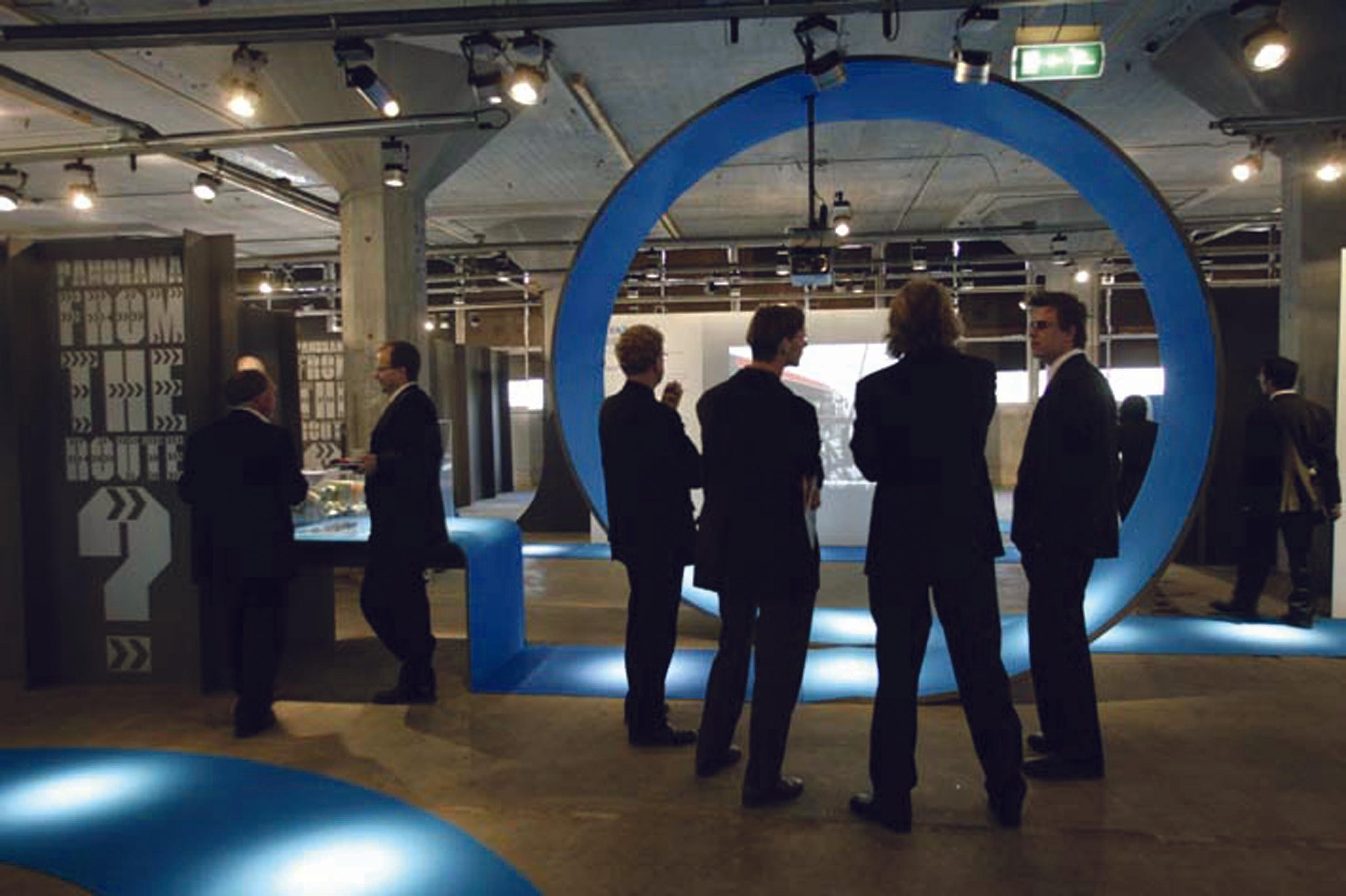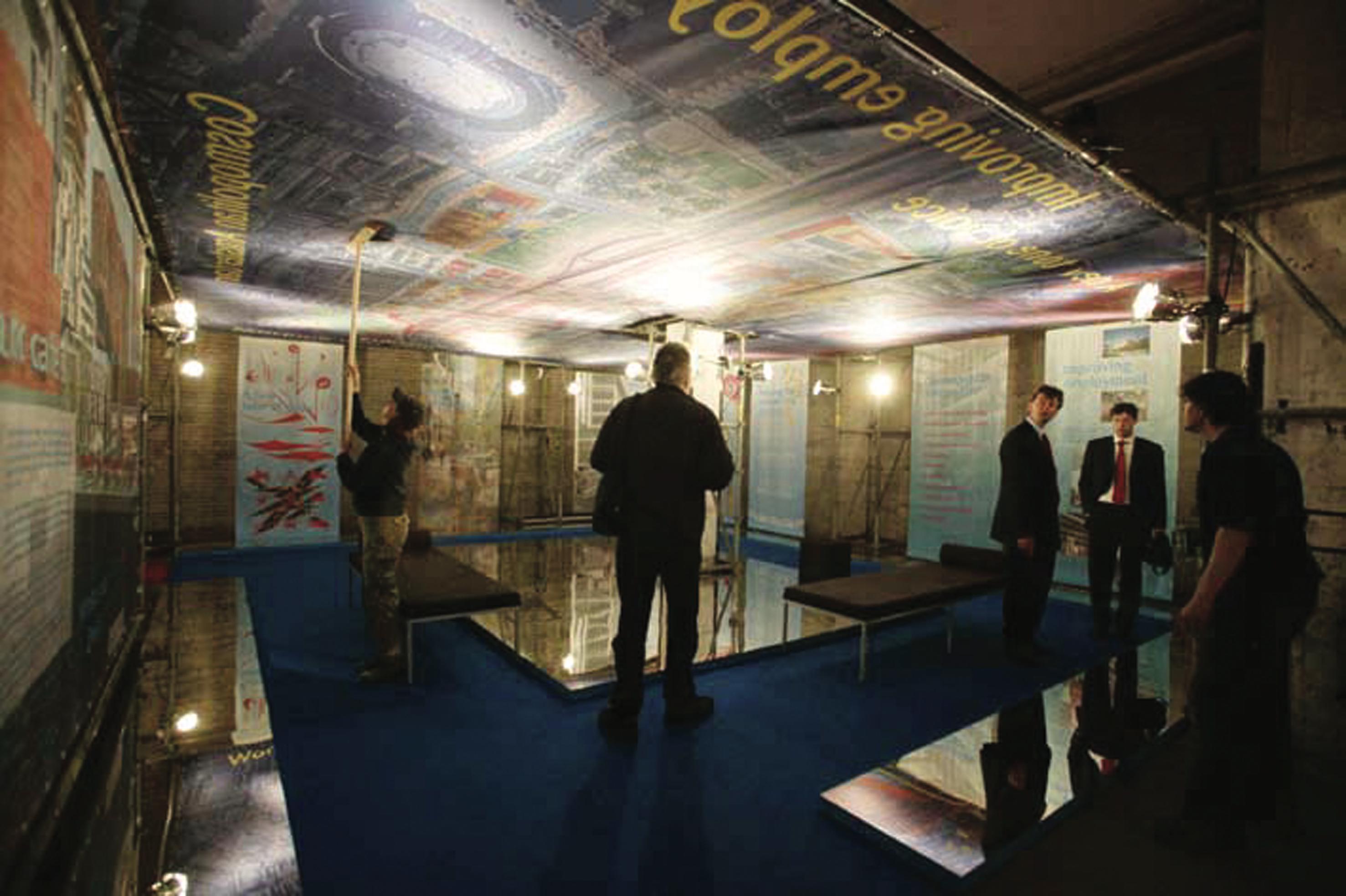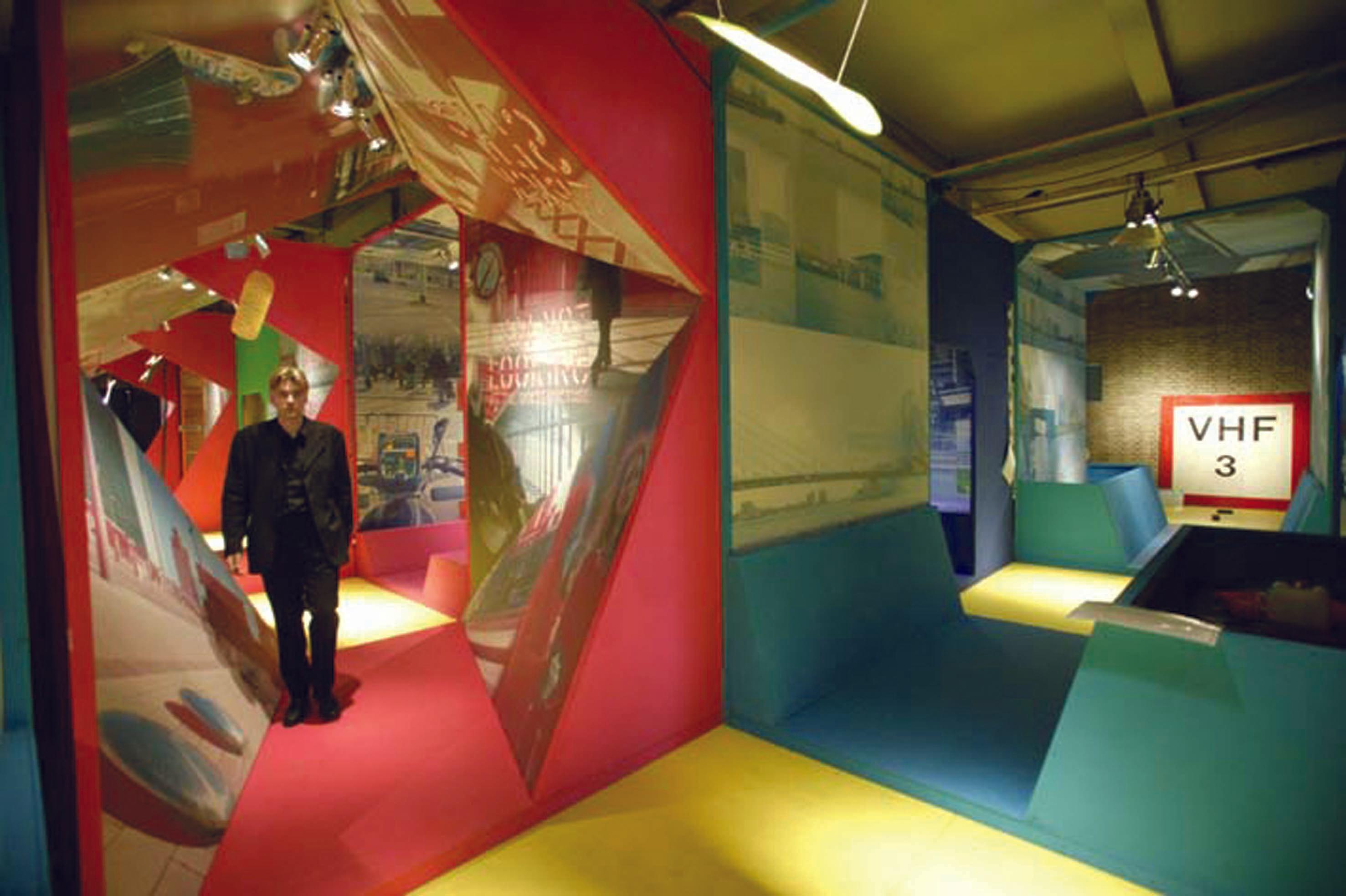A world of mobility
How broadly can the theme of mobility be conceived, what are the differences in the way it is regarded in the various corners of the globe, how positive or negative can you make it? All this is on view in the MOb_LAb, the Mobility Laboratory, the Open Biennale. As the title indicates this exhibition has been compiled from what was offered. Aroused by an “e-mail-tom-tom” plans were sent in from all over the world, from all design and cognitive disciplines with highly diverse points of view and characters. Architects, urban designers, planners, artists, photographers, graphic designers and students have submitted plans which – within the theme of mobility – are innovatory, experimental or exceptional in some other way. The aim of the exhibition is to draw up an inventory of the worldwide state of affairs in the field of spatial organization of daily mobility.
Exhibition
MOb_LAb
Open Biennale
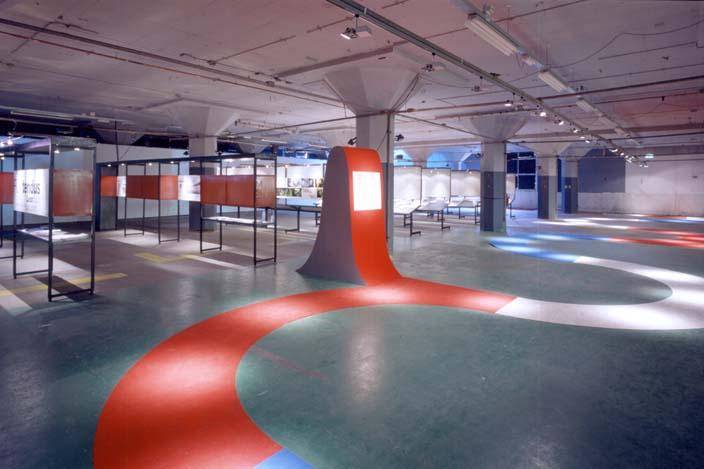
- from May 7 to July 7, 2003
- Las Palmas and Pakhuis Meesteren in Rotterdam
- Wilhelminakade Rotterdam
- Credits
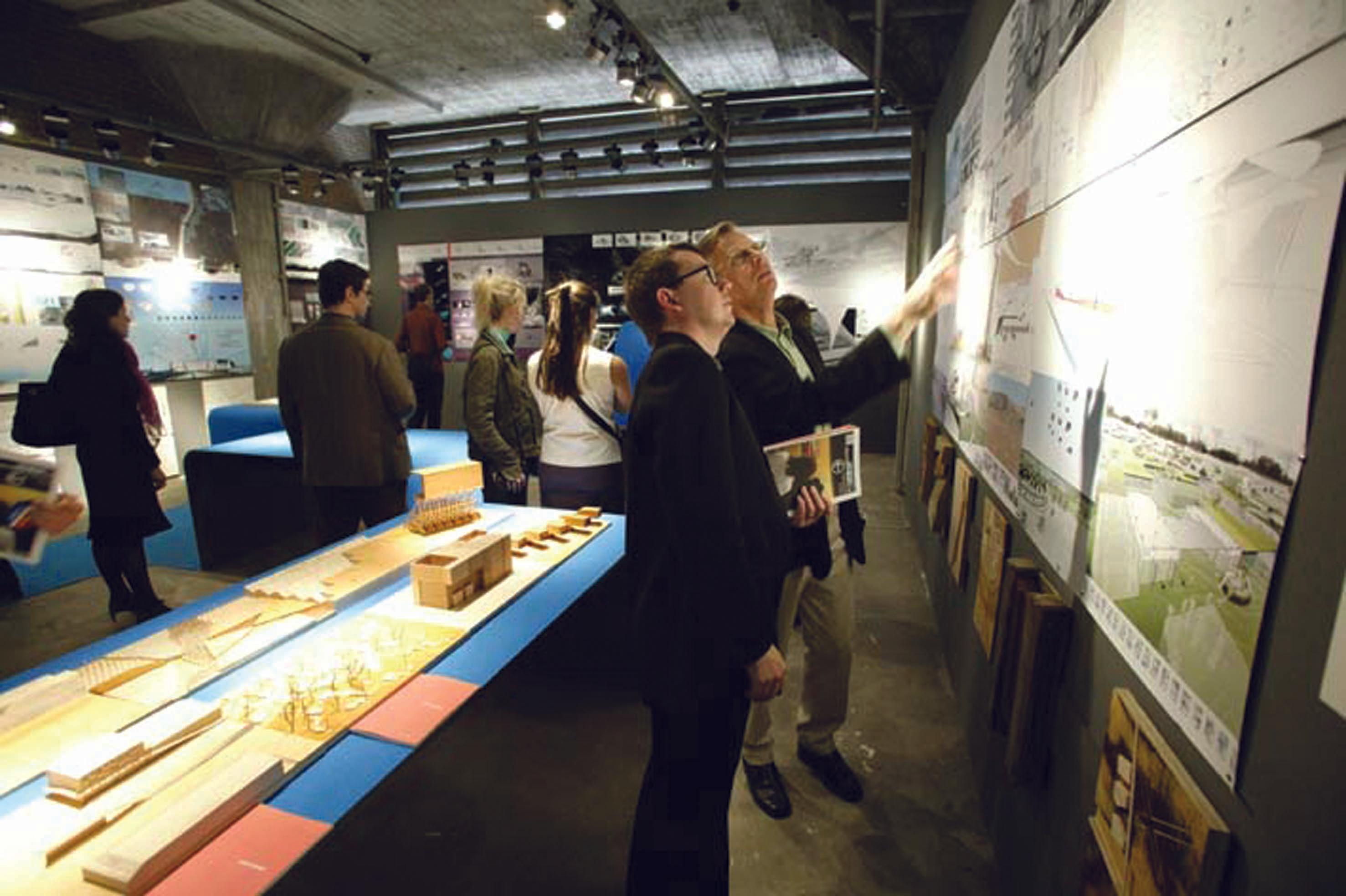

Quality
More than three hundred entries have been examined by a quality team that has selected 130 proposals (of which 40 film and photograph projects). The quality team was composed of: Michelle Provoost (Crimson), Rients Dijkstra (MAXWAN), Paul Meurs (Urban Fabric), Wim Pijbes (Kunsthal), Ton de Vos (Centrum Beeldende Kunst Rotterdam), the exhibition designers from Van Traast & Gruzon and staff of the first International Architecture Biennial Rotterdam. The large and surprisingly wide range of the projects submitted did not make the selection any easier. Although mobility is of particular significance globally, clearly national, and sometimes regional, ways of thinking and lines of approach exist. Mobility is, moreover, a complex subject whereby the emphasis can be placed on various aspects. This made it difficult for the team to make a selection, but ultimately this proved to be a gratifying assignment, because the result is a highly varied and surprising collection of plans, which demonstrates that mobility can be considered far more widely than has presently been the case.
Classification
In order to do justice to the wide range of submissions the exhibition has been arranged into categories. “From here to there?” includes projects that focus on the use, layout or organization of movement from A to B, the route. Projects that function immediately adjacent to this route are classified under the category “Alongside the route?”. The projects that fall outside this last category are included in “Panorama from the route”: the area experienced from the route. “Transfers, stopovers?” covers those projects focusing on junctions, where two routes cross each other and where a programme has been added. Concepts that are not directly intended for realisation, utopias or (temporary) unfeasible innovations fall under the category of “Dreams? Deeds?”. The category of “New urban concepts?” comprises urban plans that are coupled to a route or junction of movement. Finally studies into the infrastructure of various mobilities are included in “Route in progress?”.
In addition to the projects concentrating on design or the programming of mobility are the photograph and film projects submitted that reflect all aspects of mobility – especially the social dimension. These images are screened in the entrance of the exhibition.
